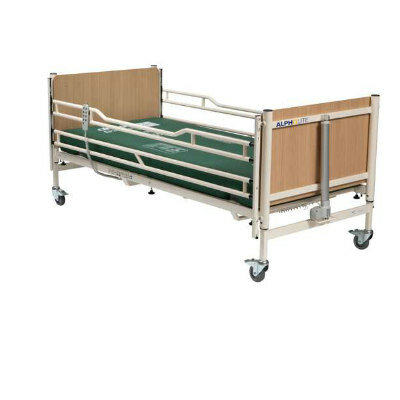Aspiration Fails to Improve Stroke Thrombectomy Outcomes
By HospiMedica International staff writers
Posted on 14 Aug 2017
Contact aspiration does not show any real advantage over stent retrievers during revascularization for an ischemic stroke, according to a new study.Posted on 14 Aug 2017
Researchers at Laennec University Hospital (Nantes, France), Foch Hospital (Suresnes, France), and other institutions conducted a study involving 381 patients (mean age 69.9 years, 45.7% female) with acute ischemic stroke in the anterior circulation who were randomized to contact aspiration (192 patients) or stent retriever (189 patients) before urgent mechanical thrombectomy at eight French comprehensive stroke centers in 2015-2016. Both options were used as first-line line treatment, with a switch to other therapy allowed after three failed attempts.

Image: A new study shows aspiration and stent receivers show equal success during revascularization (Photo courtesy of Alamy).
The results revealed that the proportion of patients with successful revascularization was 85.4% in the contact aspiration group versus 83.1% in the stent retriever group. For clinical efficacy outcomes, which included degree of disability, as assessed by overall distribution of the modified Rankin Scale (mRS) score at 90 days, change in National Institutes of Health Stroke Scale (NIHSS) score at 24 hours, 90-day all-cause mortality, and procedure-related serious adverse events, there were no significant differences between groups. The study was published on August 1, 2017, in JAMA.
“First-line contact aspiration was not superior to first-line stent retriever in achieving successful revascularization at the end of the endovascular procedure,” concluded lead author Bertrand Lapergue, MD, PhD, of Foch Hospital, and colleagues. “There are no significant difference in revascularization rate and safety using either thrombectomy technique with Penumbra aspiration and stent retrievers for acute ischemic stroke patients with large vessel occlusions.”
Currently, intravenous alteplase administered within 4.5 hours of symptom onset is the only reperfusion therapy with proven efficacy in patients with acute ischemic stroke. But alteplase appears to be much less effective at opening proximal occlusions of the major intracranial arteries, which account for more than one third of cases of acute anterior-circulation stroke. As a result, use of contact aspiration and stent retrievers to mechanically remove the occluding thrombus has increased dramatically since 2008.
Related Links:
Laennec University Hospital
Foch Hospital














